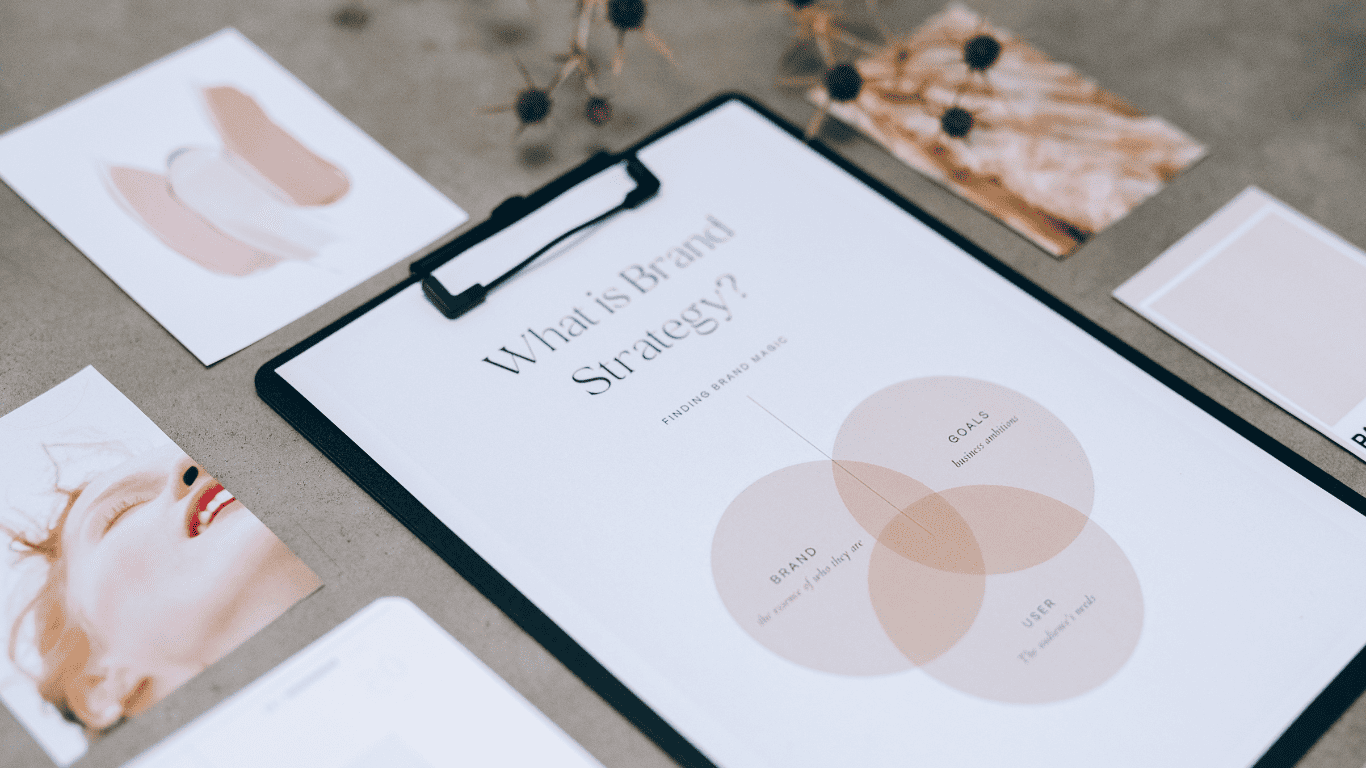Creating content that converts isn’t just about filling up your blog or social media feed. It’s about understanding your audience, crafting messages that resonate, and driving them to take action. This guide will walk you through the essential steps to create content that not only engages but also converts.
Key Takeaways
- Know your audience inside and out to create relevant content.
- Craft compelling headlines to capture attention immediately.
- Use storytelling to make your content more engaging and persuasive.
- Optimize your content for SEO to increase visibility and reach.
- Always include clear and compelling calls to action (CTAs).
Understanding Your Audience
Identifying Your Target Market
To help people with their financial questions, you need to know who they are. Identifying your target market means figuring out who needs your help the most. Think about their age, job, and what they care about. This will help you create content that speaks directly to them.
Researching Audience Pain Points
Everyone has problems they need help with. By researching audience pain points, you can find out what worries them the most. Maybe they don’t know how to save money or understand investments. Knowing these pain points helps you offer solutions that matter to them.
Creating Buyer Personas
Creating buyer personas means making up characters that represent your ideal customers. These personas help you understand what your audience needs and wants. For example, you might have a persona named “Budgeting Bob” who needs help with saving money. This makes it easier to create content that helps real people like Bob.
Crafting Compelling Headlines
The Power of a Strong Headline
A strong headline grabs attention right away. It’s the first thing people see, so it needs to be good. A good headline is simple, emotional, and specific. For example, instead of saying “Improve Your Finances,” you could say “5 Easy Ways to Save Money Fast.” This tells readers exactly what to expect and makes them want to read more.
Using Keywords Effectively
Using the right keywords in your headline can help people find your content. Think about what words your audience might use when searching for financial advice. Use those words in your headline to make it more likely that people will find and read your content. For example, if people are searching for “budgeting tips,” make sure to include that in your headline.
A/B Testing Your Headlines
A/B testing means trying out different headlines to see which one works best. You can create two different headlines for the same article and see which one gets more clicks. This helps you understand what your audience likes and what makes them want to read your content. For example, you could test “How to Save Money” against “Top Tips for Saving Money” to see which one performs better.
Crafting compelling headlines is key to capturing attention and driving engagement. Always test and refine to find what works best for your audience.
Writing Persuasive Content
Telling a Story
People love stories. They make things easy to understand and remember. When you tell a story, you can show how you help people. For example, talk about someone who had a problem and how you helped them solve it. This makes your content more engaging.

Highlighting Benefits Over Features
When you talk about what you offer, focus on the benefits, not just the features. Benefits show how your service can make life better for your audience. For example, instead of saying, “This tool has a lot of features,” say, “This tool can save you time and make managing your finances easier.”
Incorporating Social Proof
People trust what others say about you. Use testimonials and reviews to show that others have benefited from your service. This builds trust and makes new customers feel more confident in choosing you.
Remember, understand your audience and speak to their needs. This makes your content more persuasive and effective.
Optimizing for SEO
Choosing the Right Keywords
To get started with SEO, you need to pick the right words. These are the words people type into Google when they have questions. Use the Google Search Console to find out what words people are using. Pick one main word and two extra words for each article.
On-Page SEO Best Practices
Once you have your words, you need to use them in your article. Put them in the title and in the text. Don’t forget to add them to your meta description. This is a short summary that shows up in search results. Also, add alt-text to your images. This helps Google understand what your pictures are about.
Building Quality Backlinks
Links from other websites to yours are called backlinks. They help Google see your site as important. You can get these links by writing good content that others want to share. You can also ask other websites to link to you. The more good links you have, the better your site will do in search results.
Effective Use of Calls to Action (CTAs)
Crafting Clear and Compelling CTAs
Creating a clear and compelling CTA is essential. A good CTA tells people exactly what to do next. For example, instead of saying “Click here,” you could say “Download your free guide now.” This makes it clear what the person will get by clicking.
Strategic Placement of CTAs
Where you place your CTA matters a lot. You should put your main CTA in several spots on your page. This way, people will see it no matter where they are. Try placing it at the top, middle, and bottom of the page.
Testing and Measuring CTA Performance
It’s important to test your CTAs to see which ones work best. You can try different words, colors, and placements to see what gets the most clicks. Keep track of how well each CTA does and make changes based on what you find out.
By using these tips, you can make your CTAs more effective and help more people take the next step.
Leveraging Analytics to Improve Conversion
Setting Up Conversion Tracking
To help people with their financial questions, you need to know what works. Setting up conversion tracking is the first step. Use tools like Google Analytics to see how people use your site. This helps you know what content turns visitors into clients.
Analyzing User Behavior
Once you have tracking set up, look at the data. See which pages people visit the most and how long they stay. This tells you what they like. If you see a page with a high bounce rate, it means people leave quickly. You might need to improve that page.
Adjusting Strategies Based on Data
Use the data to make changes. If you see that a certain type of content works well, create more of it. If something isn’t working, try something new. Always use the data to guide your decisions. This way, you can help more people and grow your business.
Remember, the goal is to help people with their financial literacy. By using data, you can make sure your content is doing just that.
Utilizing Visual Content
The Role of Images and Videos
Using pictures and videos can make your content more interesting. People love visuals because they help explain things better. For example, if you’re talking about saving money, a chart showing how savings grow over time can be very helpful.
Creating Infographics
Infographics are pictures that show information. They make hard ideas easy to understand. You can use them to show steps, like how to make a budget. Infographics are great for sharing on social media too.
Optimizing Visuals for SEO
To make sure people find your pictures and videos, you need to use the right words. This is called SEO. Use simple words that people might type into a search engine. Also, make sure your pictures load fast so people don’t leave your page.
Visuals can make your content more engaging and easier to understand. They help explain complex ideas in a simple way.
Building Trust with Your Audience
Providing Value Through Content
John, you know that great content reduces the anxiety of your readers. When you share helpful tips and answer common financial questions, you show that you understand their needs. This makes them trust you more. Always aim to provide value in every piece of content you create.
Engaging with Your Audience
Engaging with your audience is key. Respond to comments and questions on your blog or social media. This shows that you care about their concerns and are there to help. Building these relationships can turn readers into loyal clients.
Showcasing Testimonials and Reviews
People trust others who are “just like me.” Share testimonials and reviews from your happy clients. This social proof can make new visitors feel more confident in your services. Highlighting these positive experiences can build trust and credibility.
Conclusion
Creating content that converts isn’t just about fancy headlines or pretty pictures. It’s about understanding your audience and giving them what they need. Focus on picking the right topics and keywords that people are searching for. Make sure your content clearly explains how your product or service can solve their problems. And don’t forget to include strong calls to action that guide your readers on what to do next. By following these steps, you’ll be well on your way to turning readers into customers. Now, go out there and start creating content that really makes a difference!



